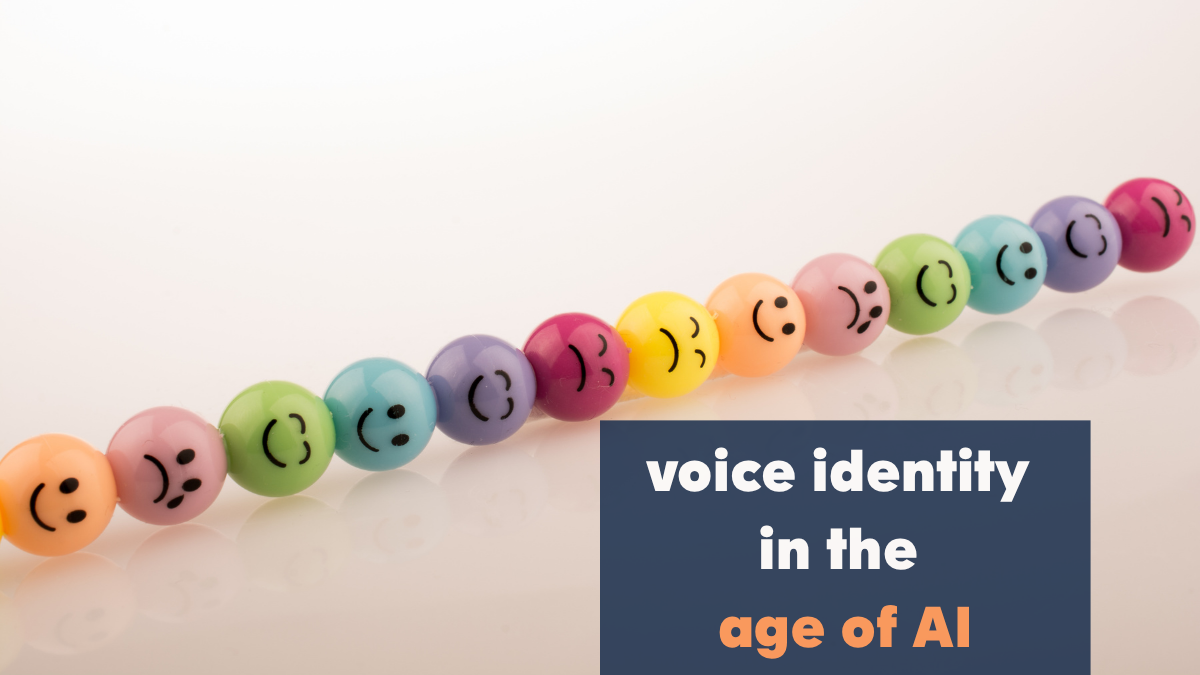What kind of questions to ask to maximize engagement with AAC learners? While close-ended questions are quite common, read this blog to understand how open-ended questions can set the communicator up to be part of enriching conversations.
Questions are an integral part of our everyday conversations. We need to ask questions to know what others are thinking.
But what about using them with our AAC users? Questions have an important role in AAC intervention but we need to see to it that they don’t become the primary means of instruction when interacting with your child. They have to be balanced with other communicative functions such as comments, statements etc


Broad Categories of Questions
Questions could be close ended or open-ended.
Closed-ended questions are those that could be answered in single words including a Yes/No answer.
Examples:
All the above require one-word answers and may or may not pave the way for extended conversations. This is probably something that we might use when we need quick answers. They could also be used with an emergent communicator who is new to their device and so is happy answering in single words.
Open ended questions, on the other hand, needs detailed answers. They help us to look at things from the user’s perspective as you get answers in their own words.
Examples:
?
These questions need elaborate answers and serve as great facilitators for more conversation.
As you can see from the examples, both types of questions are necessary. Therefore, the key is to use them appropriately after carefully observing the communicator’s abilities and responses.
Comparing the Two
Alternatively, when we ask them, “What do you like to play with your friends?” –
This question allows us to hear what the AAC user is thinking at the moment. They could name a sport they enjoy playing with their friends. Or they can even say “I don’t like to play”, which would lead to another open-ended question- “What do you like to do with your friends?”This keeps the conversation going
Benefits of Using Open Ended Questions
Of course, open ended questions encourage users to give detailed answers, but that is just not it .
- The user gets to form a response based on their own experience, knowledge and feelings, thereby allowing them to say what they think.
- There are no right or wrong answers here, it’s their view, and all answers count. This may lessen their anxiety as they are not pressured to give right answers.
- The response to open ended questions requires more thought and leads to better communication through richer conversations and more engagement.
- The communication partner gets more opportunities for modelling language .
Framing Open Ended Questions
When requiring the AAC user to extend and expand on their responses we have to deliberately make an attempt to use open ended questions. Let’s see how we can go about doing this.
Instead of
What is your favourite movie?
Try using
Open-ended questions pave the way for increased interactions. The AAC user gets their turn to voice their opinion and hence develops the confidence that what they say really matters. However, the benefits do not end here. It also helps the communication partner. Families, caregivers, and teachers get to know what the AAC user feels or thinks about a certain situation/ topic. This helps in making better decisions for the communicator. As we can see, open ended questions can not only facilitate better communication, it can help in the AAC user learning to freely express themselves, which is important to build communication autonomy.
WRITTEN BY
Niveditha Ryali
Speech – Language – Swallowing Therapist
I have 16 years of learning experience that comes from working in NHS(UK), special schools, hospitals and private practice. I am passionate about working on improving Speech, Language and Swallowing skills in children and adults. I also strive to facilitate early communication in children with complex communication needs, thereby improving parent-child bonding.


References:
https://praacticalaac.org/strategy/beyond-requesting-thoughts-on-teaching-interrogatives/
https://examples.yourdictionary.com/examples-of-open-ended-and-closed-ended-questions.html



